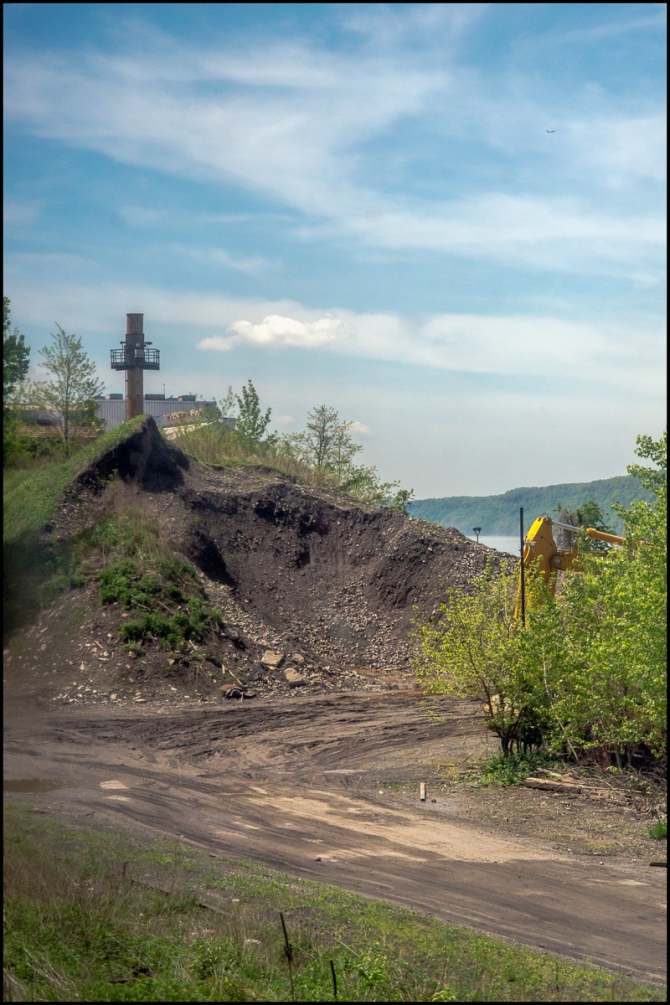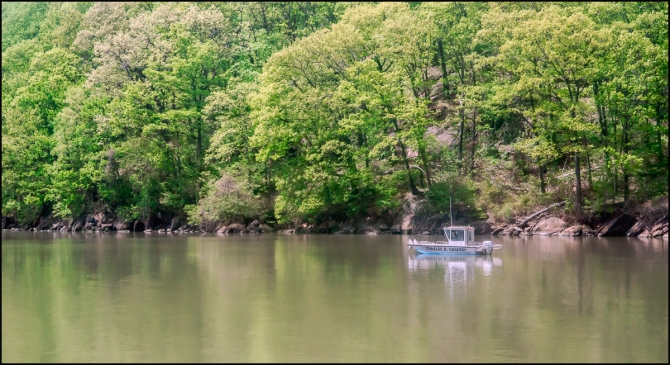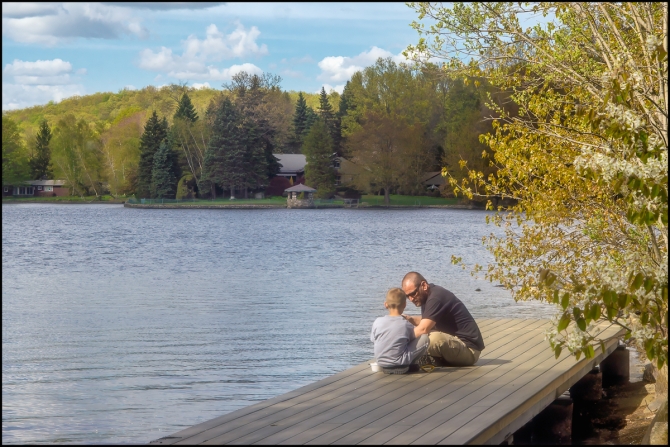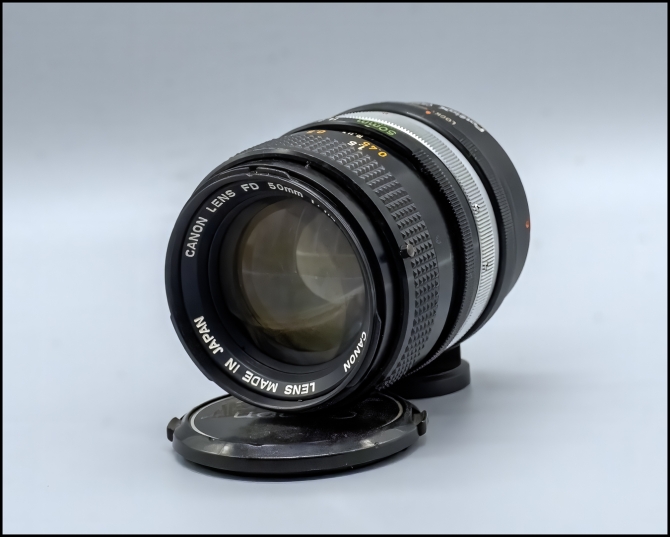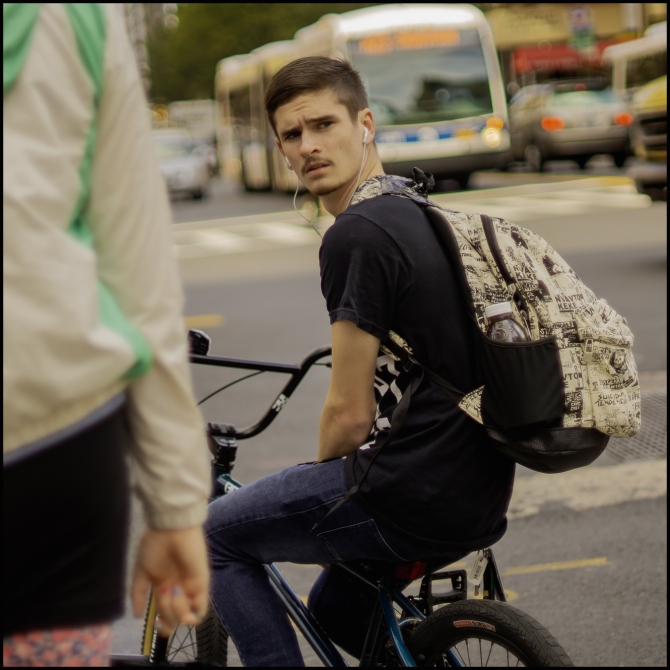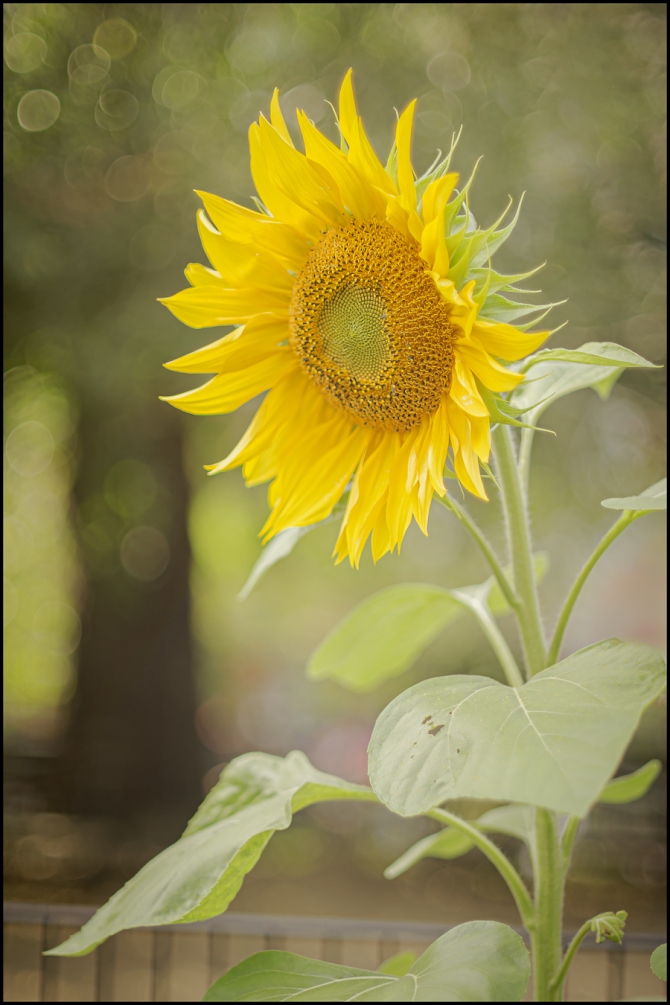Actually, it’s not all that new. If my information is correct, the serial number suggests that it was built in 1963.
It’s not even new to me: I’ve had it for several years, but I haven’t featured it specifically on this site before. Note that a number of the photographs in this post were taken through a train window. So, if you see reflections, it’s for that reason and not because there’s a problem with the lens.
It’s a former Soviet Union lens, a Jupiter 8, derived from the Zeiss Sonnar design. It has six elements in three groups and a focal length of 50mm with a maximum aperture of f/2.0.It was made for two different camera mounts, the Leica thread mount used on Zorki, FED, and some other Soviet rangefinders, and the Contax mount used on Kiev rangefinders. The latter one can be used on all Contax rangefinders, with the former possibly needing to be adjusted to properly work on non-Soviet rangefinders using Leica thread mount, particularly if you’re using it on a film camera. The lens is a standard M39 mount.
Additionally, there existed a modified version of this lens, called the Jupiter-8M. The only difference between the two versions is that the modified version had click-stops on the aperture ring. It was available only in Contax mount for Kiev rangefinders.
A variation of Jupiter-8 lens was the usual standard lens on many Zorki and Kiev cameras, making it a pretty common lens even today.
Like many classic lenses it can be used with modern, digital, mirrorless cameras with a suitable adapter. Note that it has to be a mirrorless camera. Digital Single Lens Reflex Cameras (DSLRS) do not for the most part lend themselves to such adaptation.
One of the reasons I bought my first mirrorless camera (a Sony NEX 5N) was because I’d read that old lenses (which were at that time, 2011 quite inexpensive. They’re somewhat more expensive nowadays) could be used with it. I bought a number of old lenses and adapters and used them for quite some time. Inevitably, I lost interest eventually and haven’t used them for ages.
However, I recently decided to try them again, especially this one because I really liked using it, and a love the results it can produce.
For a review take a look at Jupiter 8 – A giant amongst the stars



